Lights in the Sky, Lights from the Land: Fire
November 17, 2020
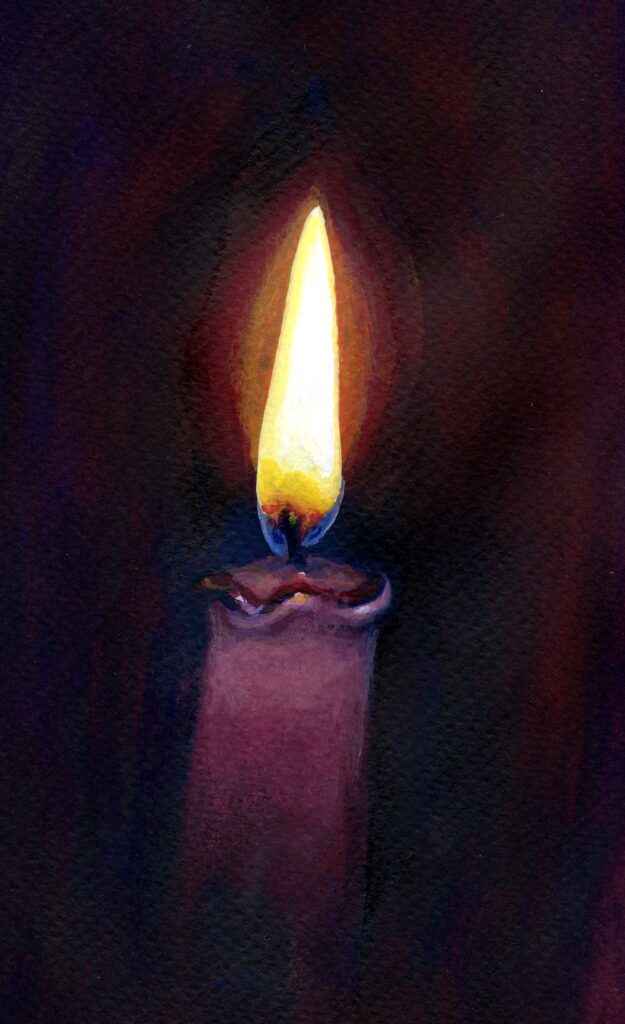
Watercolour and gouache on burgundy pastel paper
Fire is natural light. We can cause fire to happen but it is a natural phenomenon and unpredictable in its shape and form which is as flickering and fluid as water. There are some similarities with the way fire and water behave visually; the explosive bursts of fire from natural causes or rockets exploding in the sky are not so different from fountains spraying water as pressure is released by a valve; fire can also pour down volcanic mountains. A difference is that we see water because it reflects light but fire is the light source. Visually it is the difference between the sun and the moon. In our thought processes when we depict fire we depict power and potential danger, even when this is in the form of a humble candle.
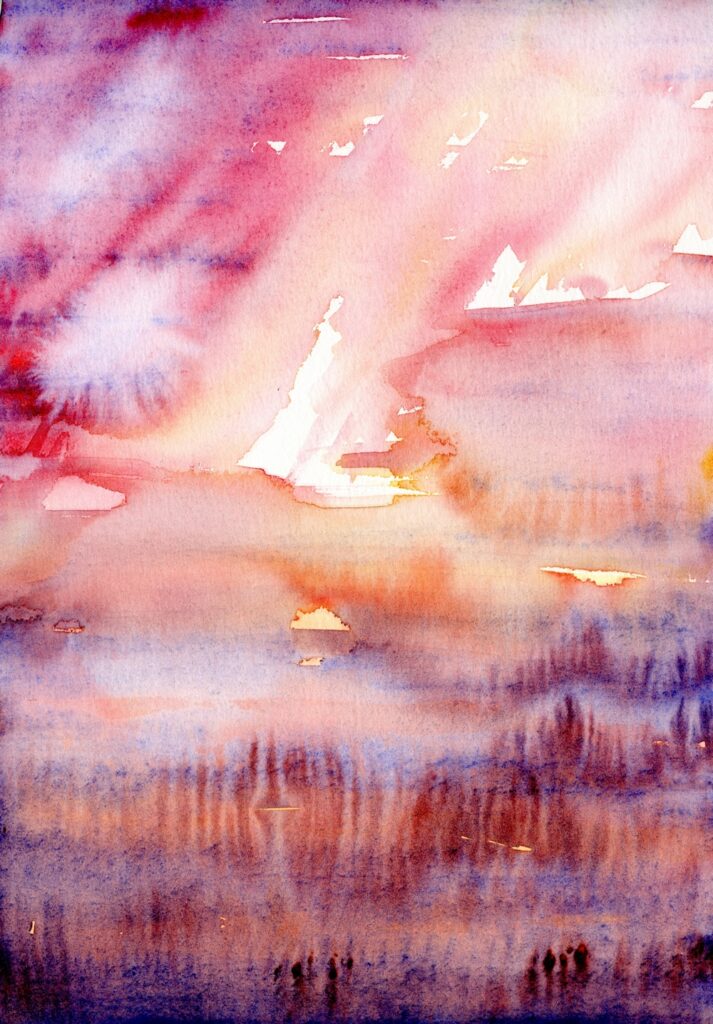
Watercolour; flames masked and rest worked wet in wet
Perhaps the disconnect between the power of fire which we harness domestically and its destructive nature, whether natural or harnessed for war is why we find the flickering flame so exciting.
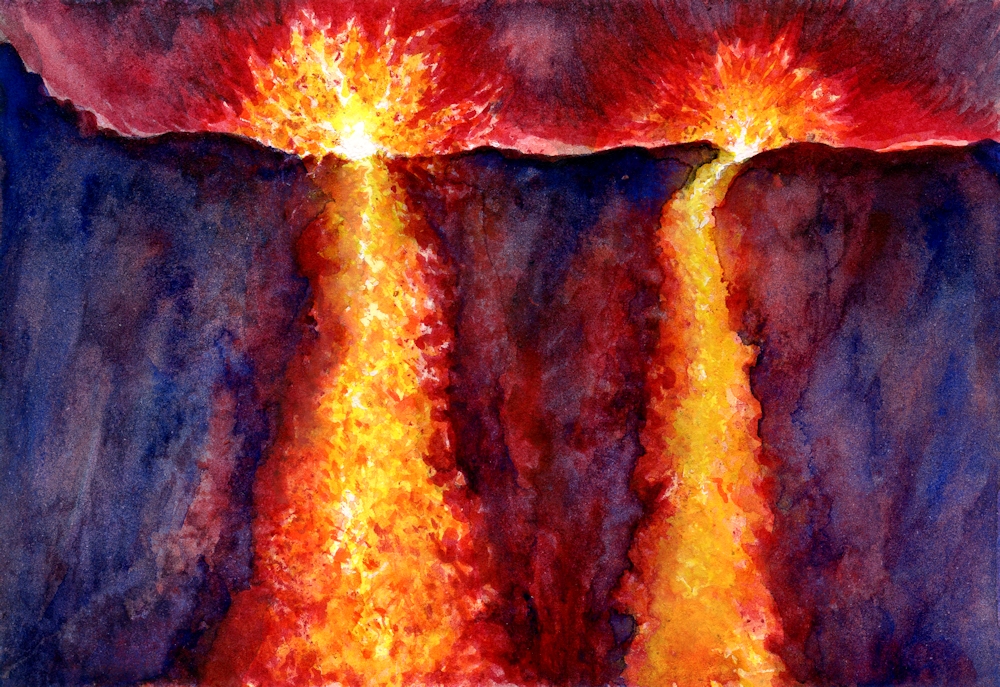
Gouache
That’s the philosophy bit done! Now for a look at the candle;
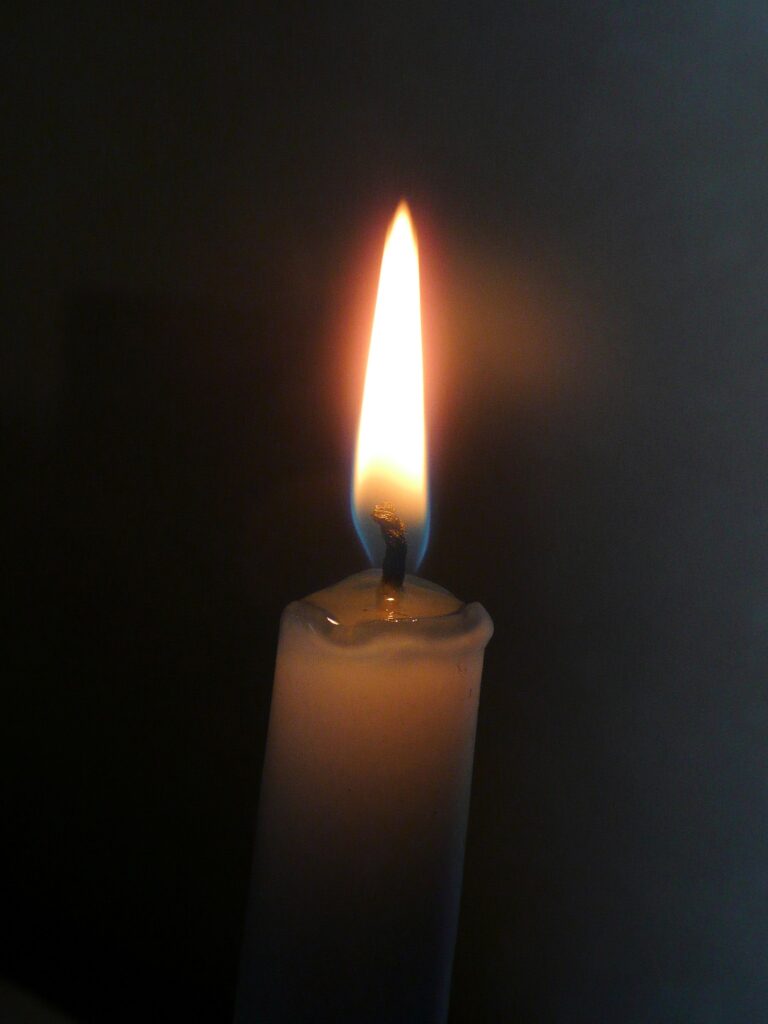
Photograph:
The “halo” is not necessarily the sphere as seen in so many Christmas greetings cards. Note the blue at the base of the flame and bands of orange and yellow. Look at the soft glow of the top of the candle itself and tiny subdued highlights in the molten wax. The wick is barely discernible against the dark background here.
Lastly note how the reddish halo gradually merges with the dark ground; colours from dark orange to deep red before becoming indistinguishable from the red/black darks.
If you wish to make a candle study you may like to light a candle, taking sensible safety precautions and observe the colours you see. Your colours and tones may be very different from those in the photograph above so observation is the key to developing a realistic painting.
In 1982 to 1983 Gerhardt Richter made some very beautiful and photo-realistic oil paintings of candles, closely observed against different backgrounds. These look deceptively simple but are carefully painted with huge skill in handling the paint where gradual transitions from light to dark occur. References to these can be found on this week’s Pinterest board at:
https://www.pinterest.co.uk/jhall1282/lights-in-art/fires-candles-fireworks-bonfires/
Alongside works by;
Georges de la Tour: more candles and candle light; look at how faces reflect the candle light in his works
Joseph Wright of Derby: volcanic eruptions and a fire burning a cottage down at night
And Bonfires by the contemporary artist Brent Cotton.
This should supply you with plenty of ideas for next week’s painting. I would like to see work either from your imagination or a fire situation you have experienced; from an erupting volcano to a child’s birthday celebration or Christmas candle.
Looking forward to seeing
Your paintings;
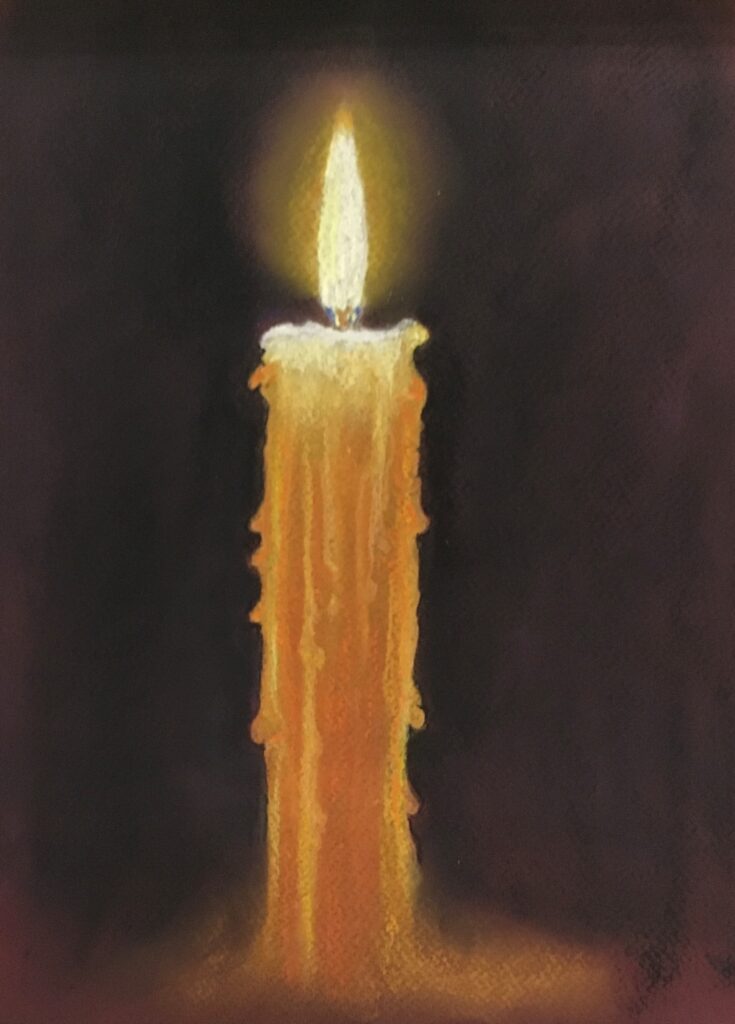
Pastel by Heather
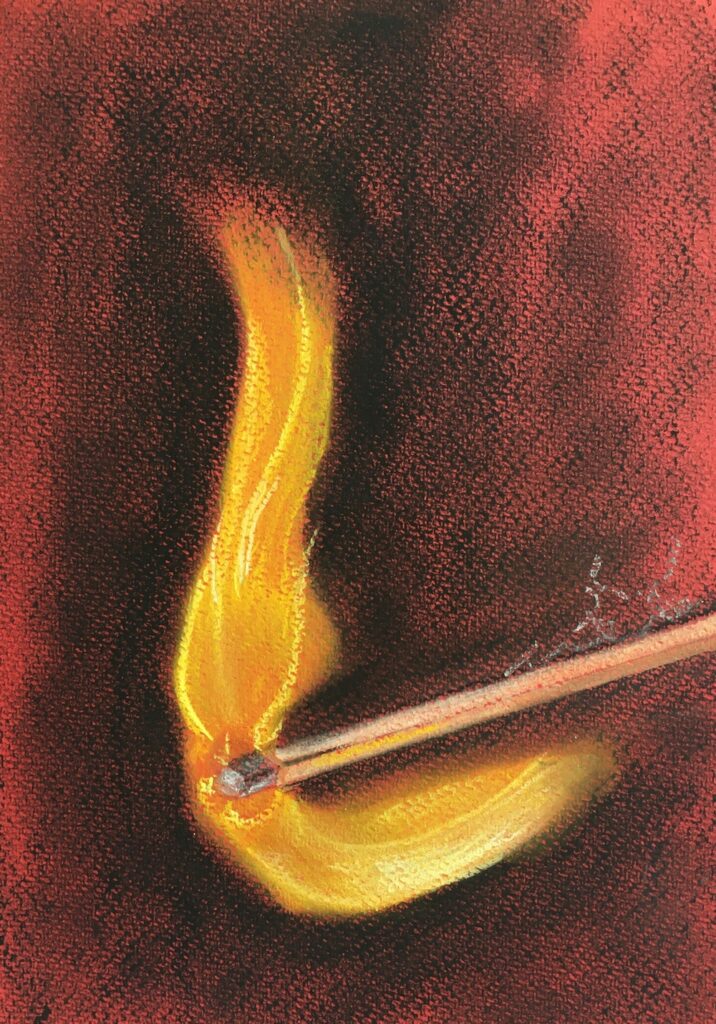
Pastel by Heather
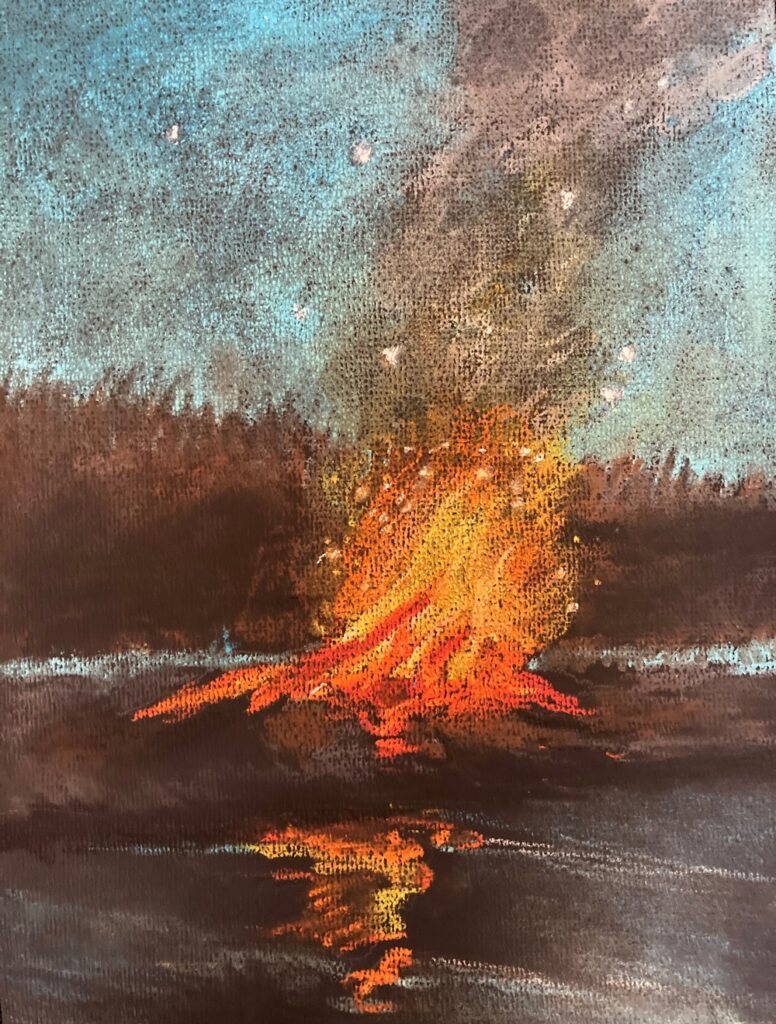
Pastel by Shane
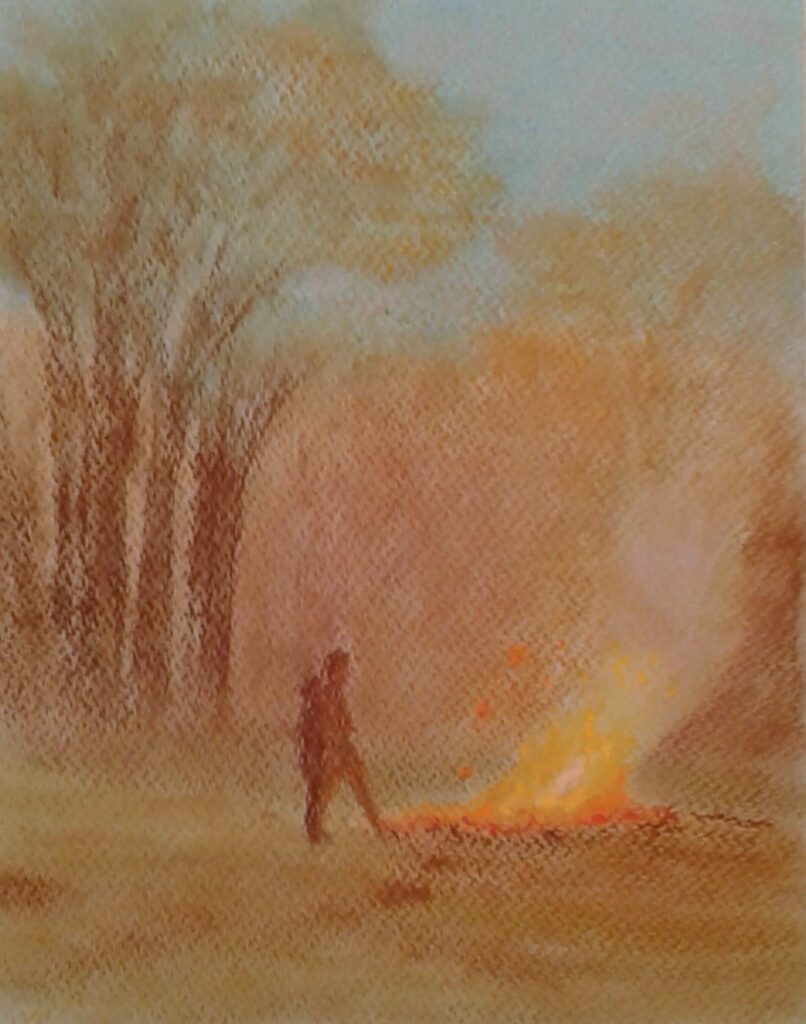
Pastel by Barbara
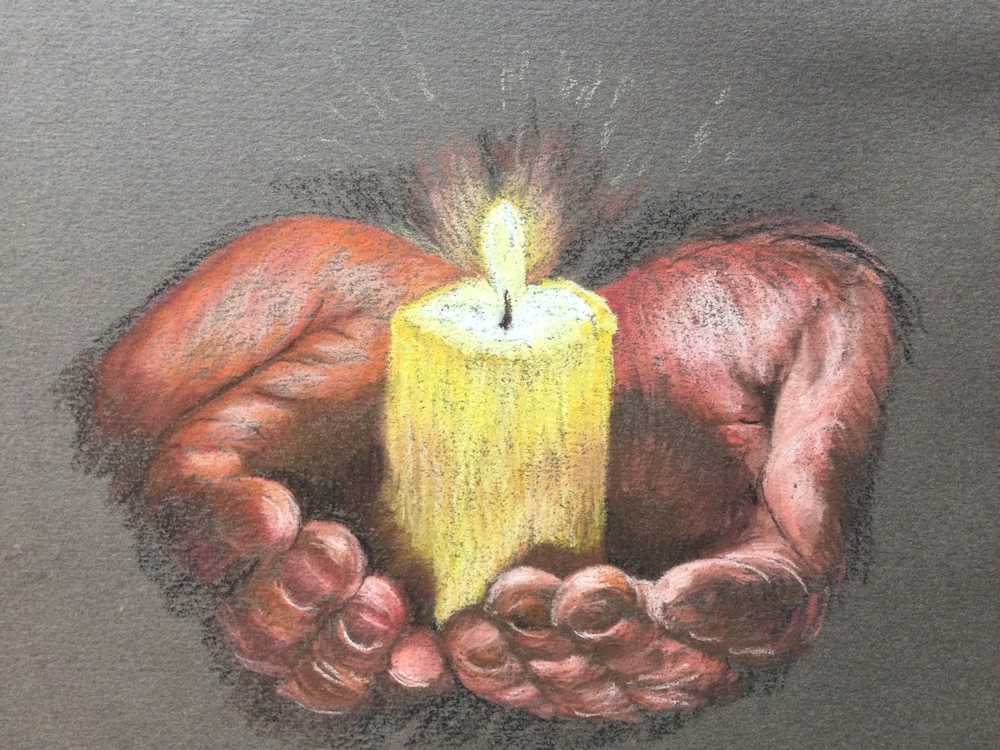
Pastel pencil on pastel paper
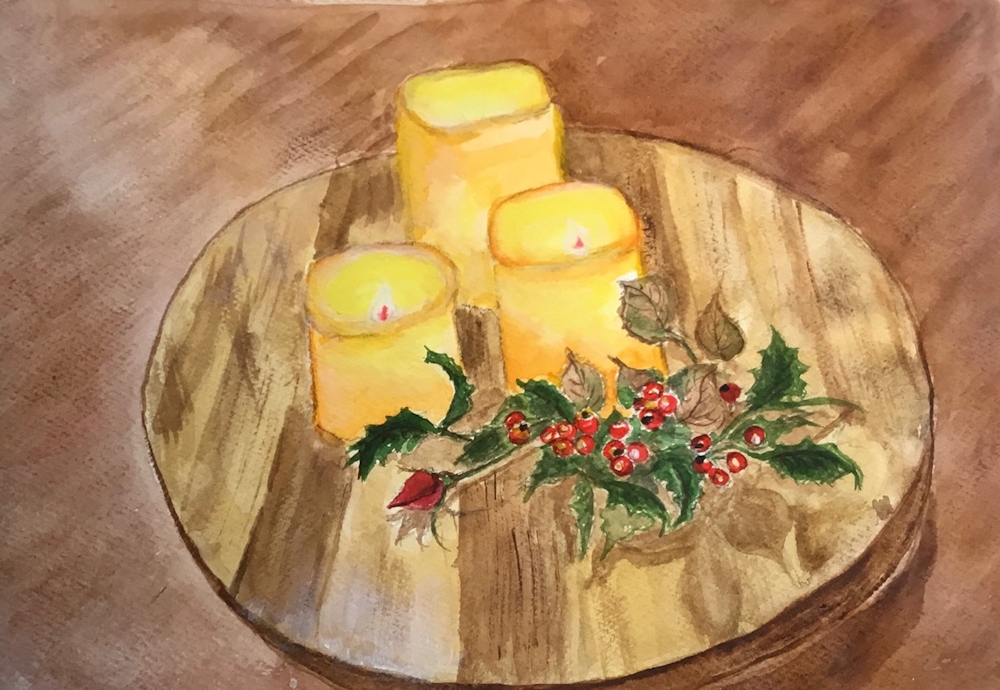
Watercolour
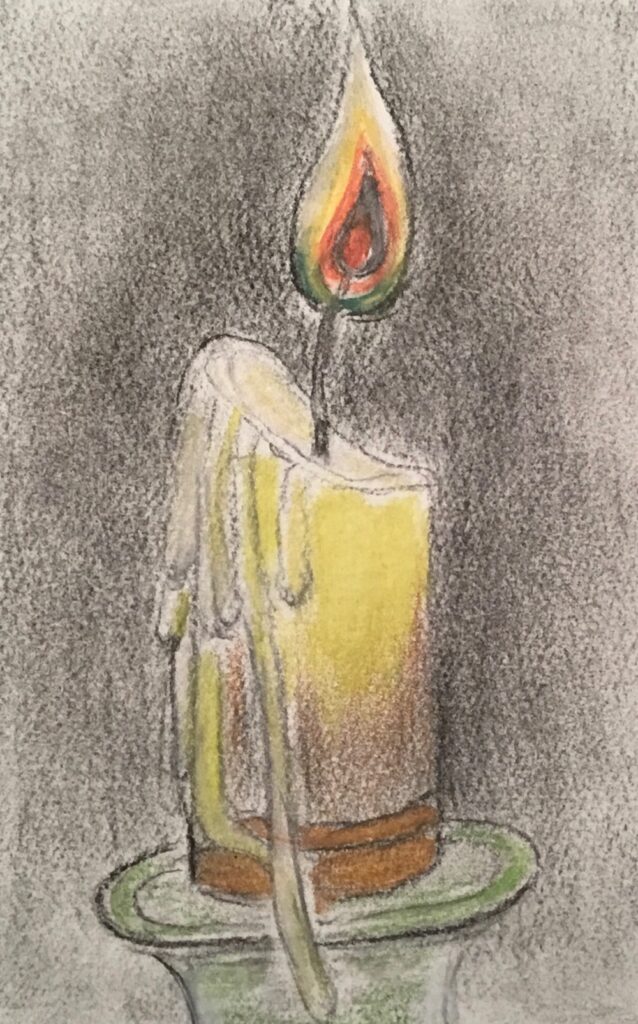
Charcoal and coloured pencil
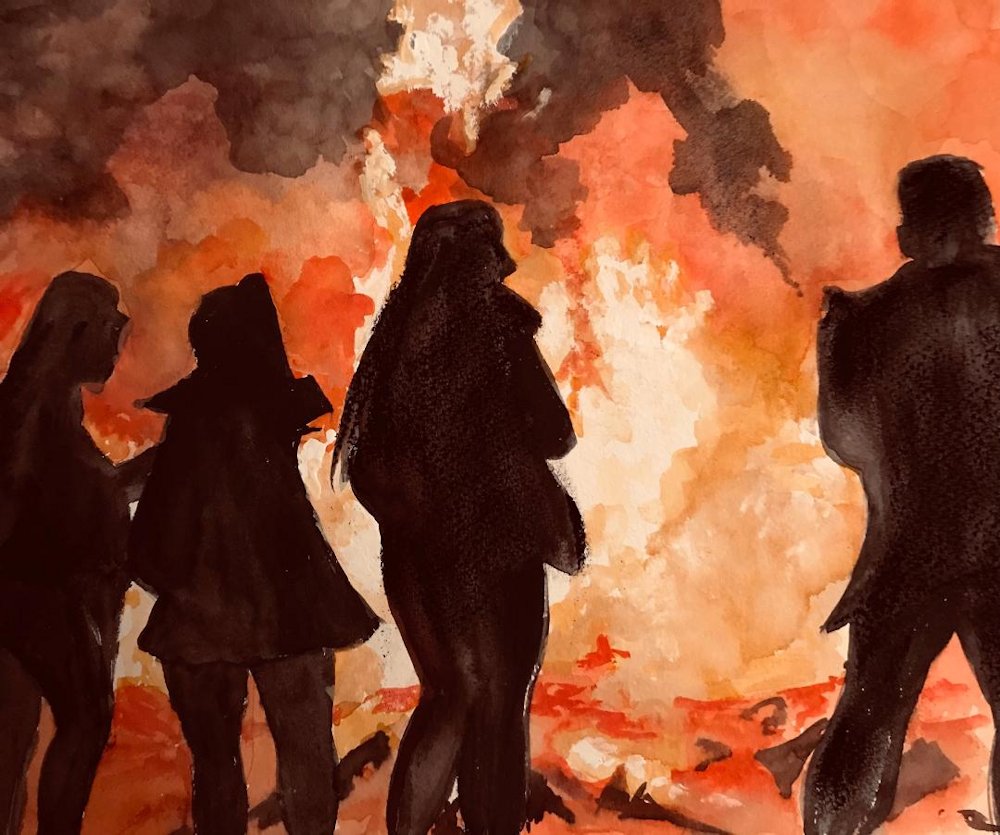
Watercolour by Sarah
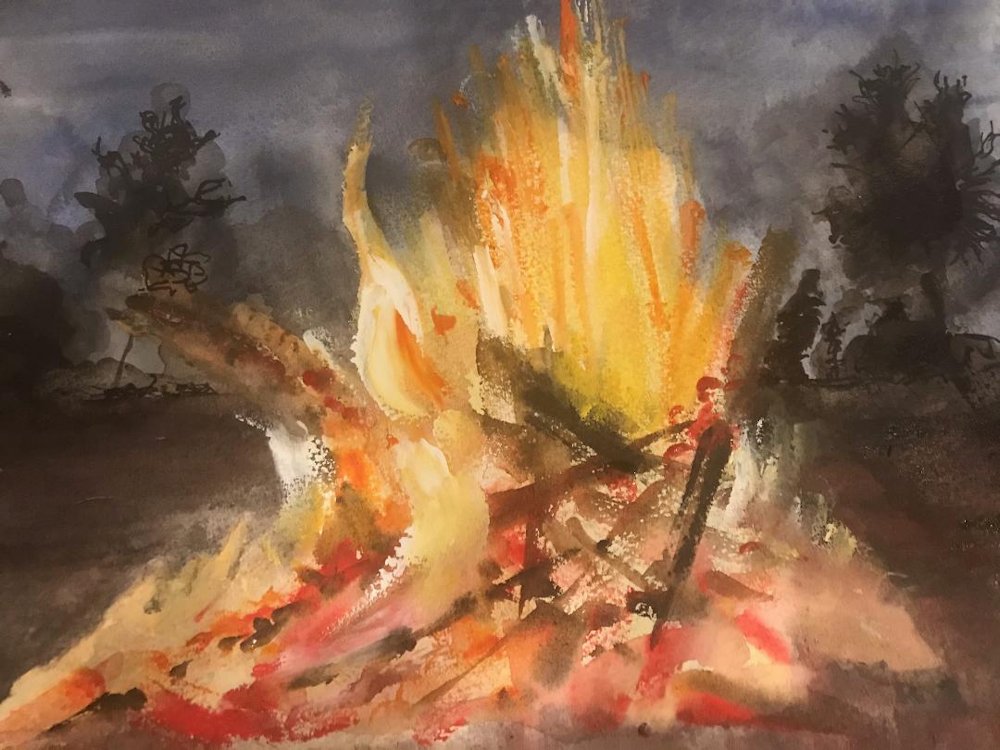
Painted with brush and finger by Sarah
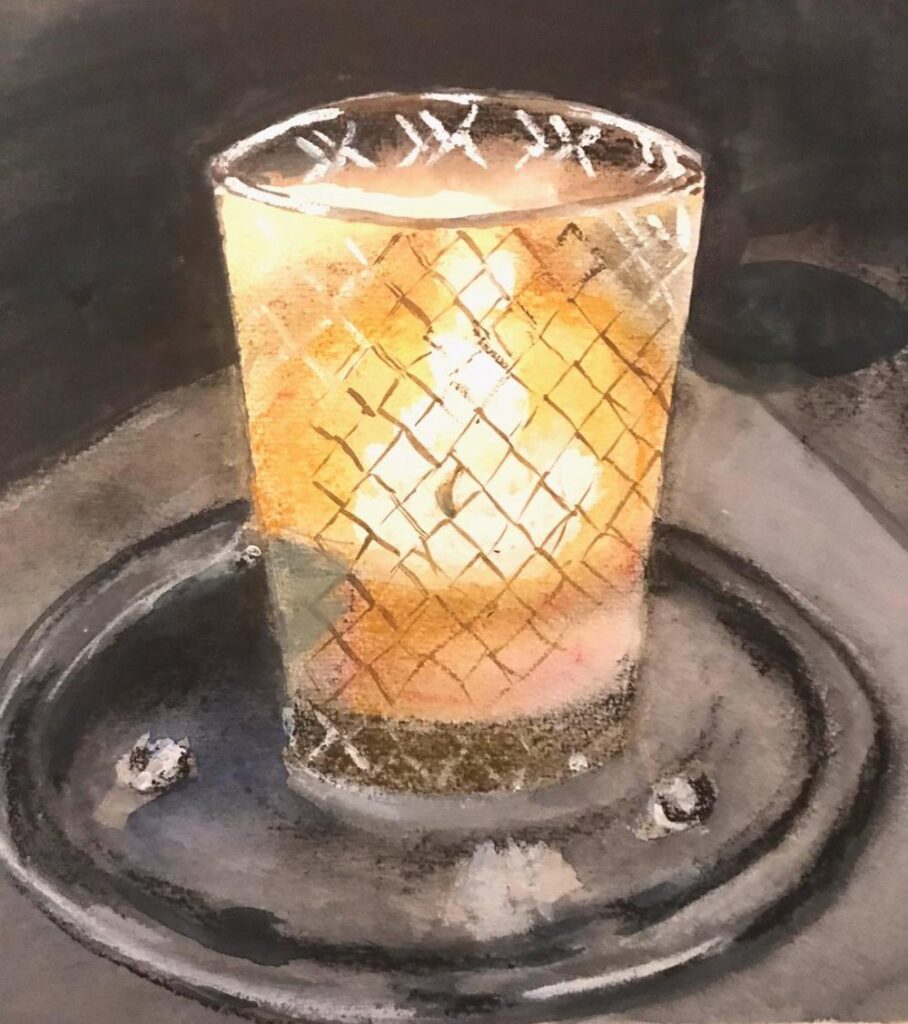
Watercolour and pastel by Sarah
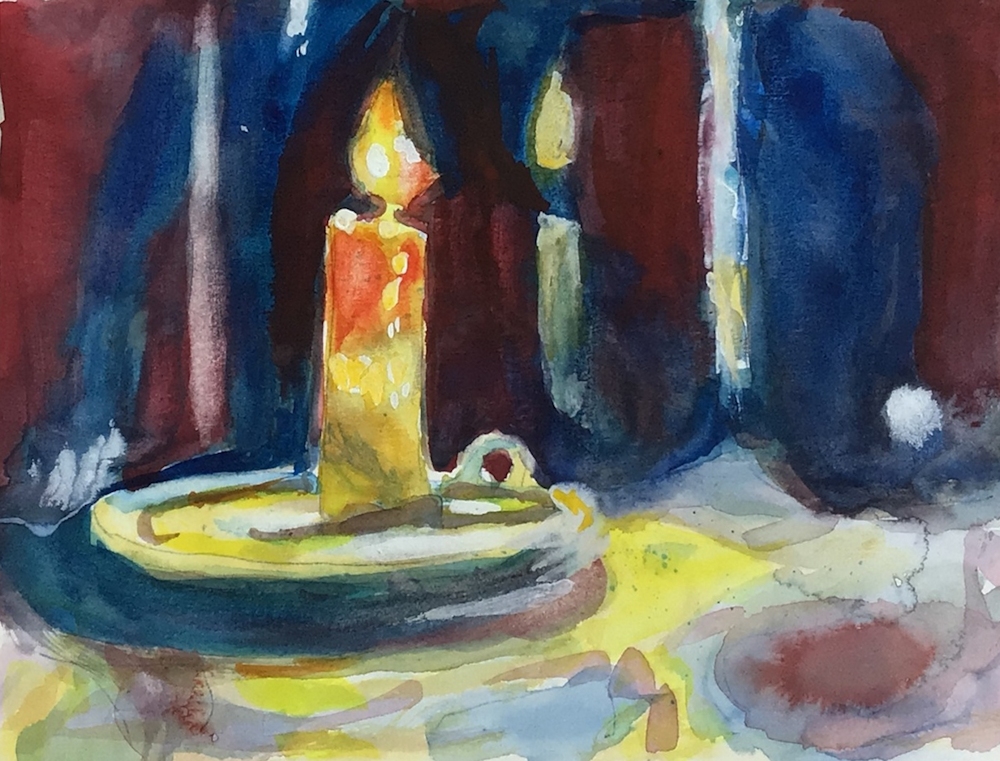
Watercolour by Maricarmen
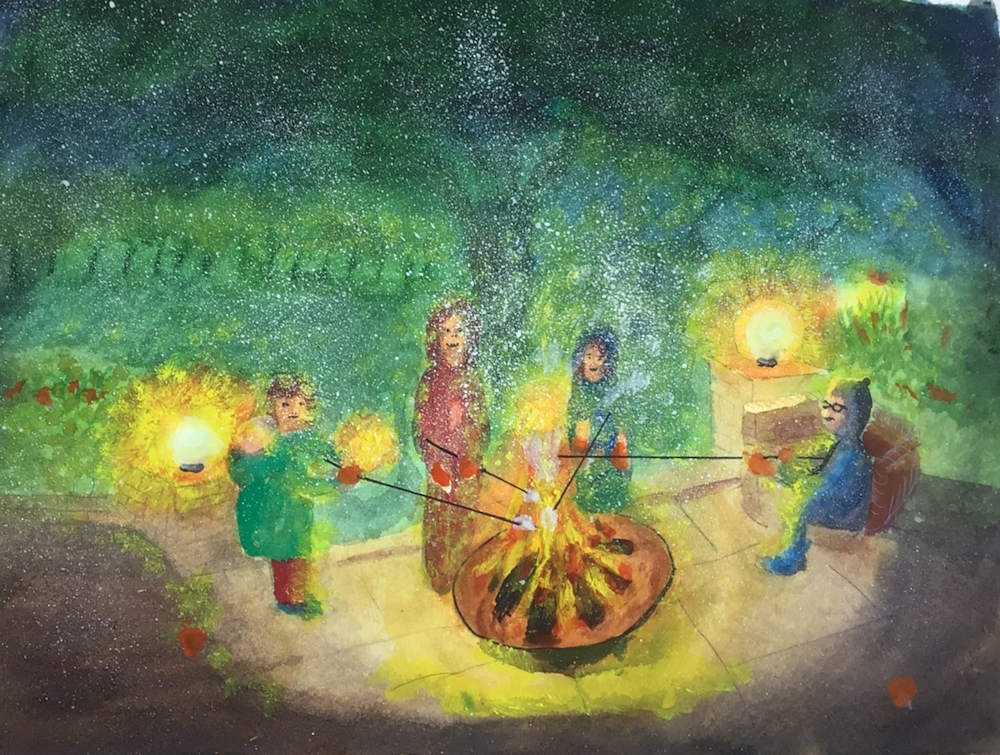
Watercolour by Maricarmen
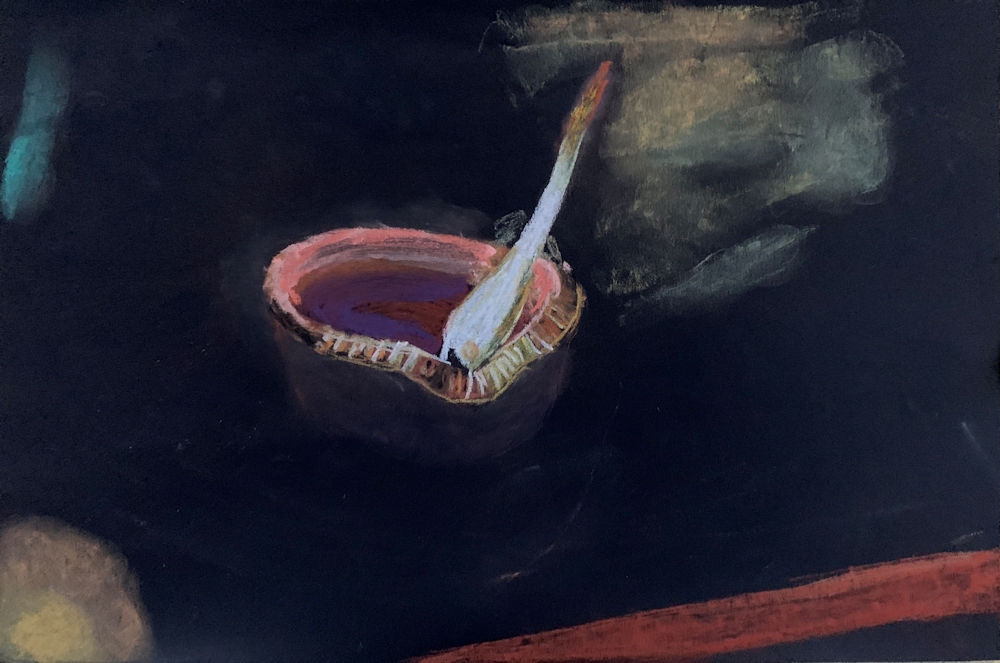
Pastel by John
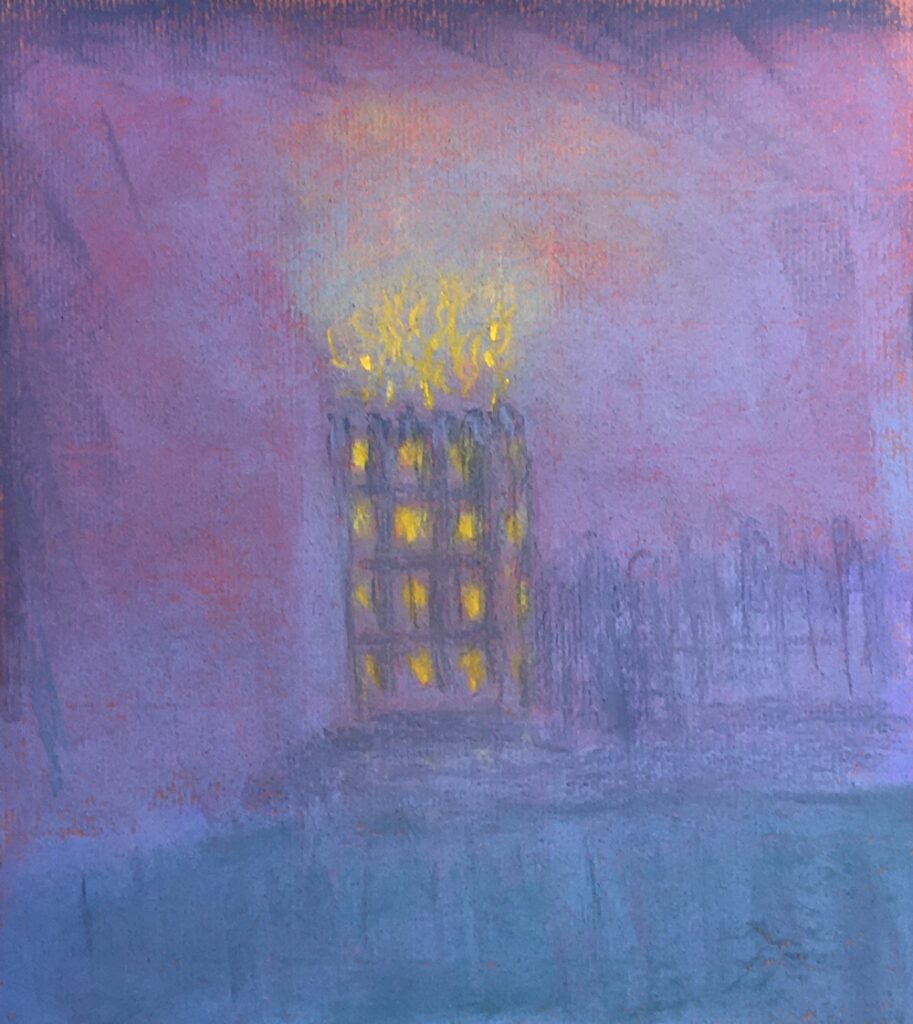
pastel by Shirley
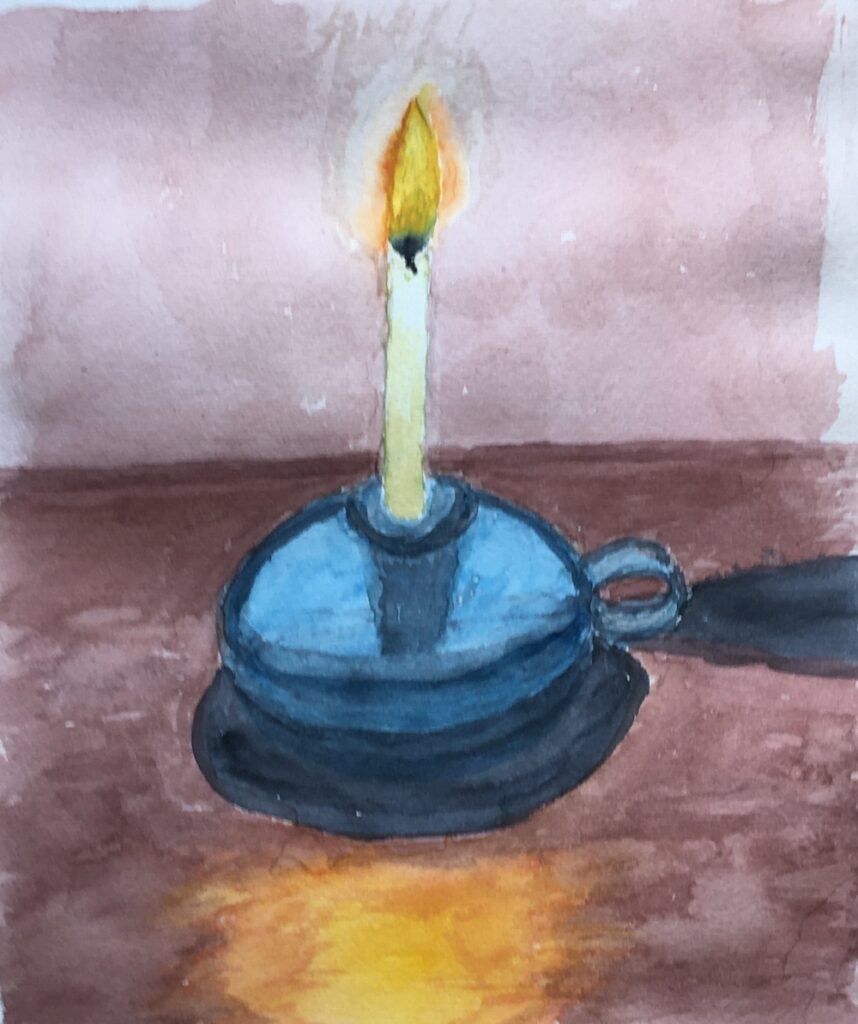
Watercolour by Shirley
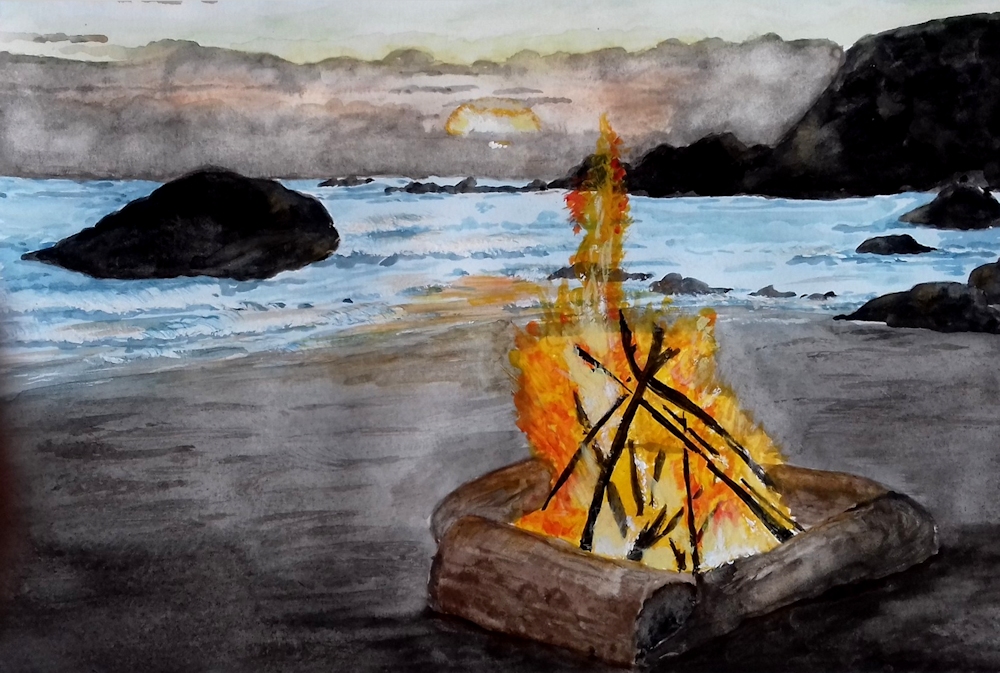
Watercolour by Liz
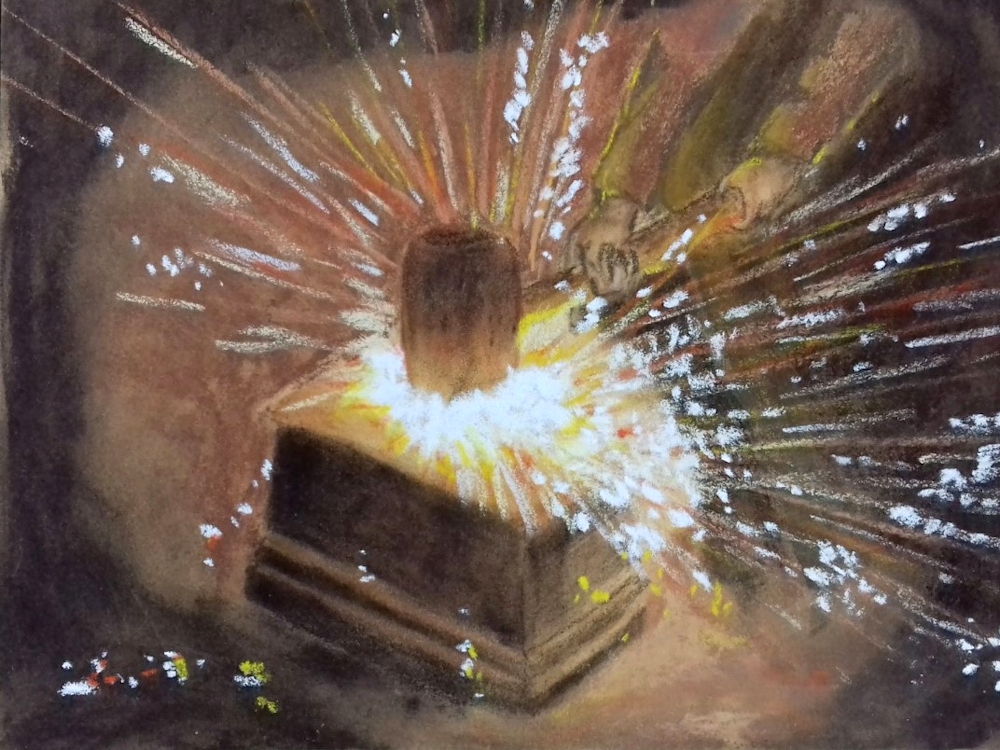
Pastel by Liz
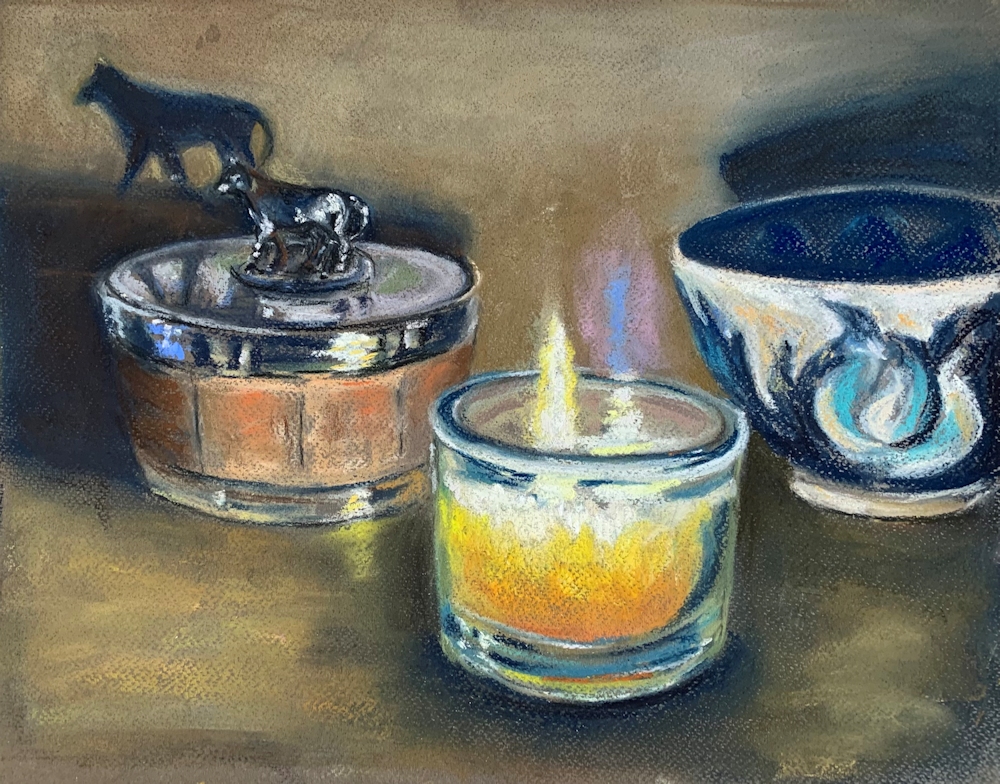
Pastel by Jan
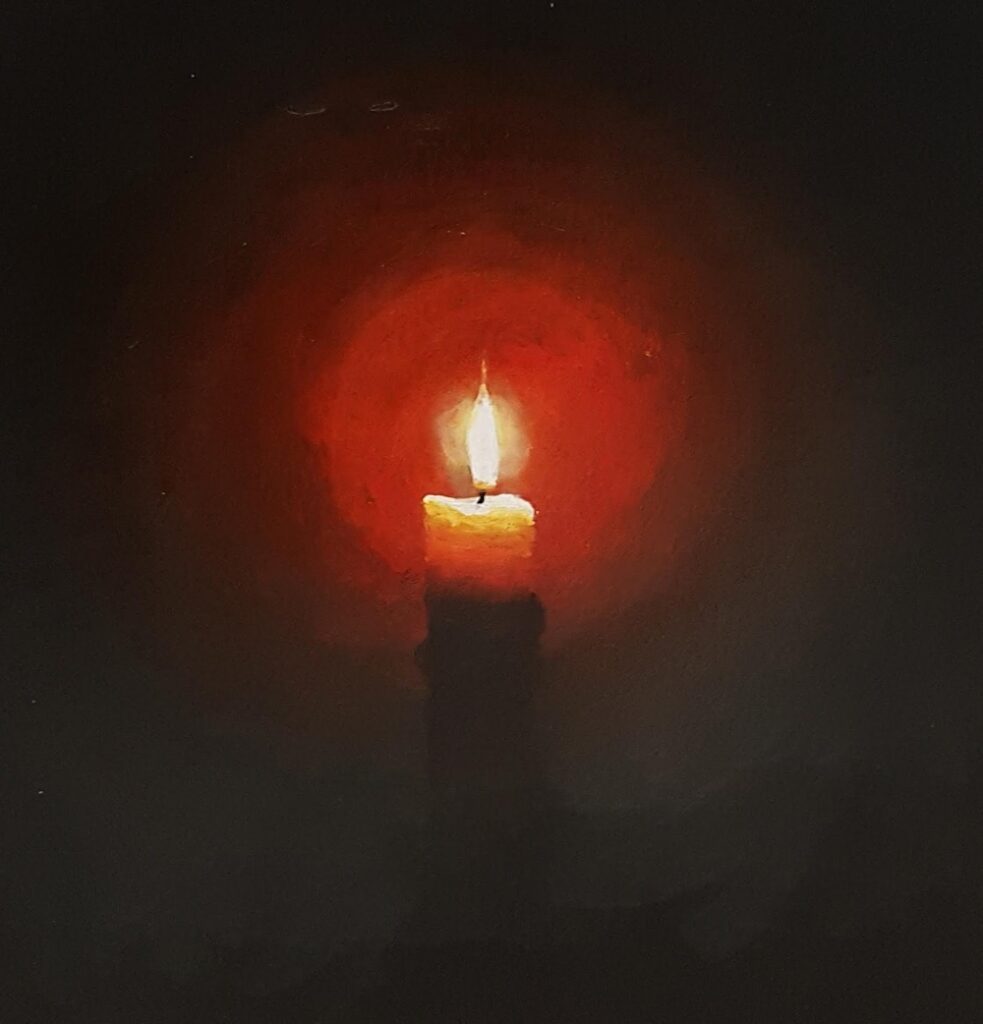
Acrylic by Malcolm
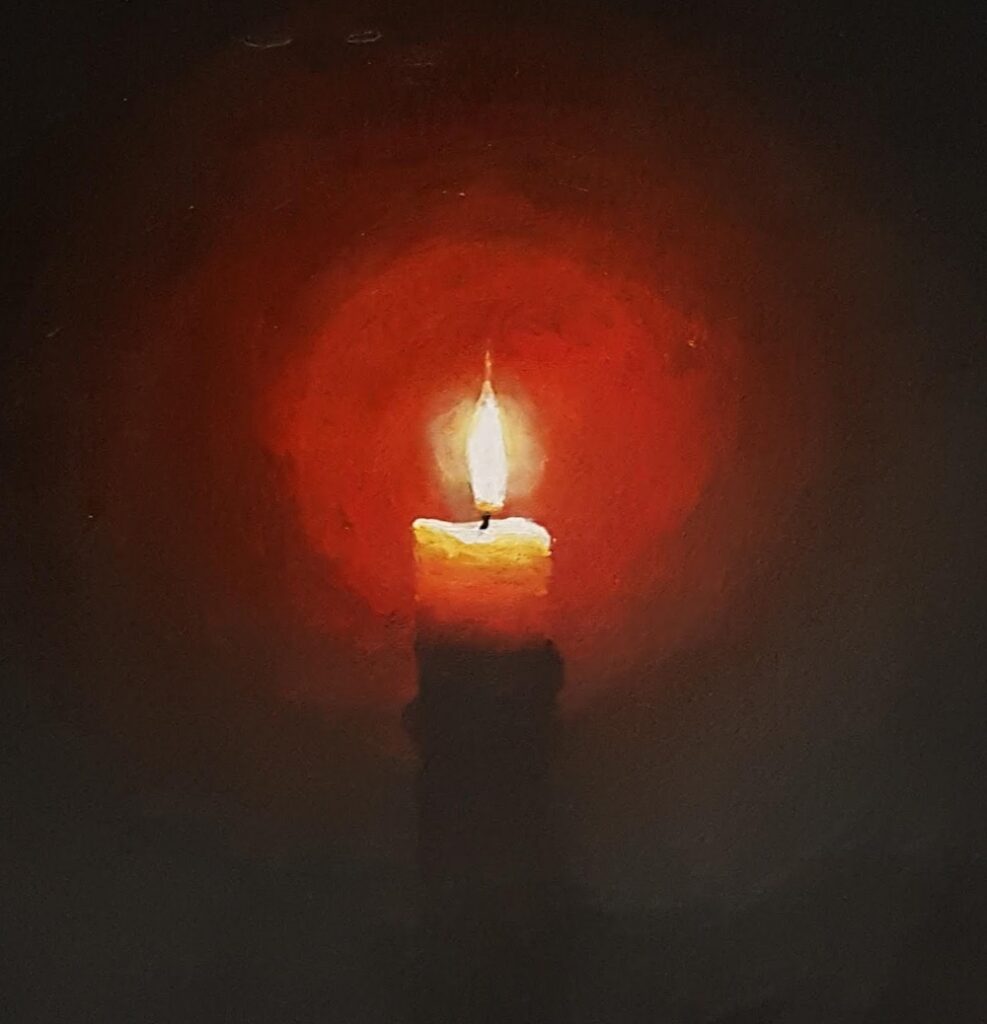
Acrylic by Malcolm